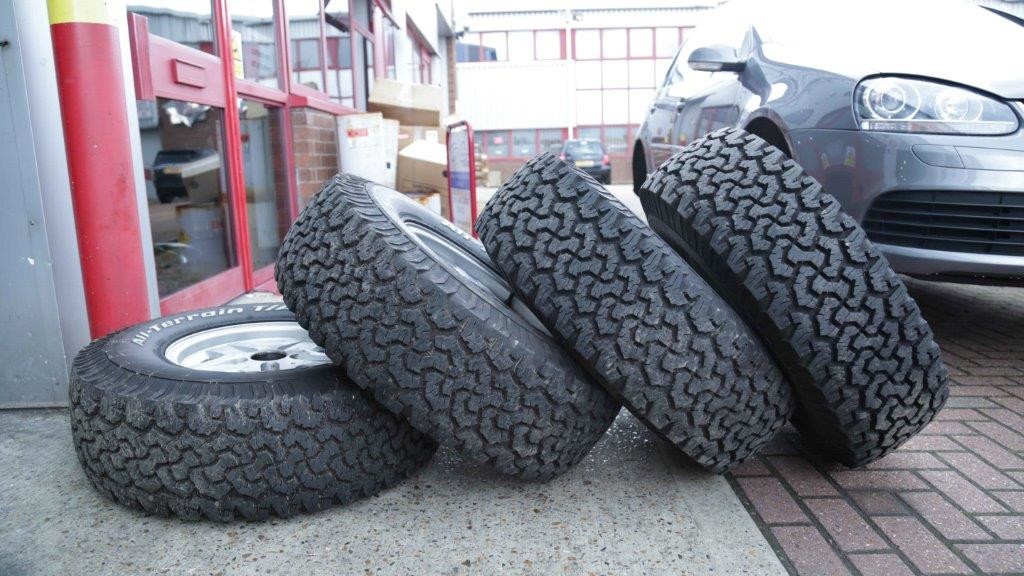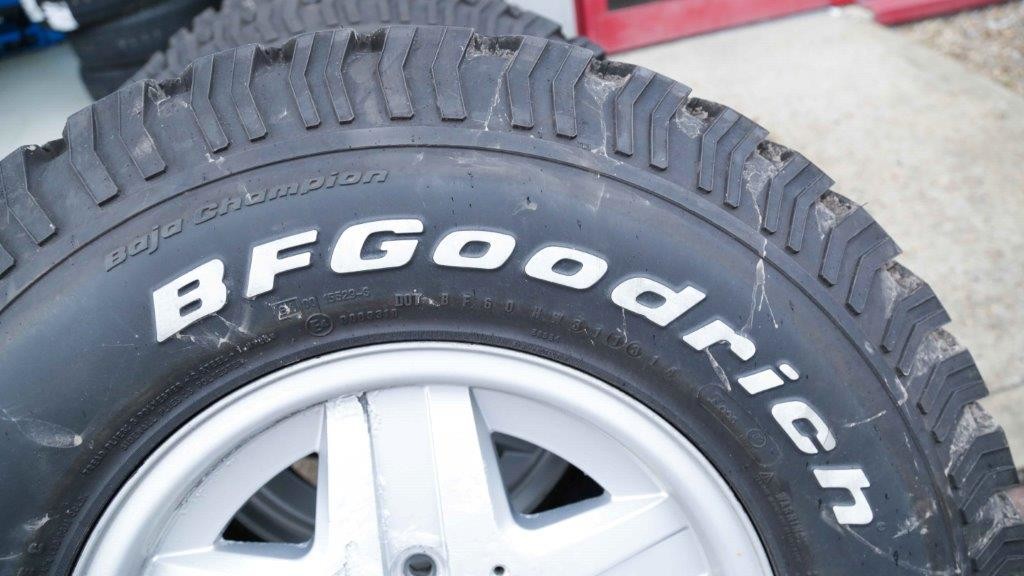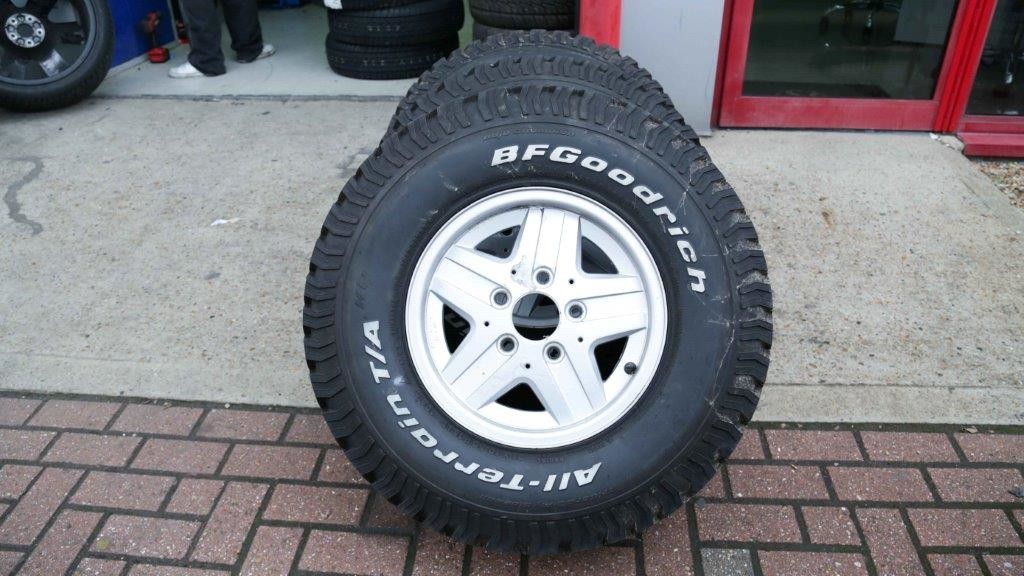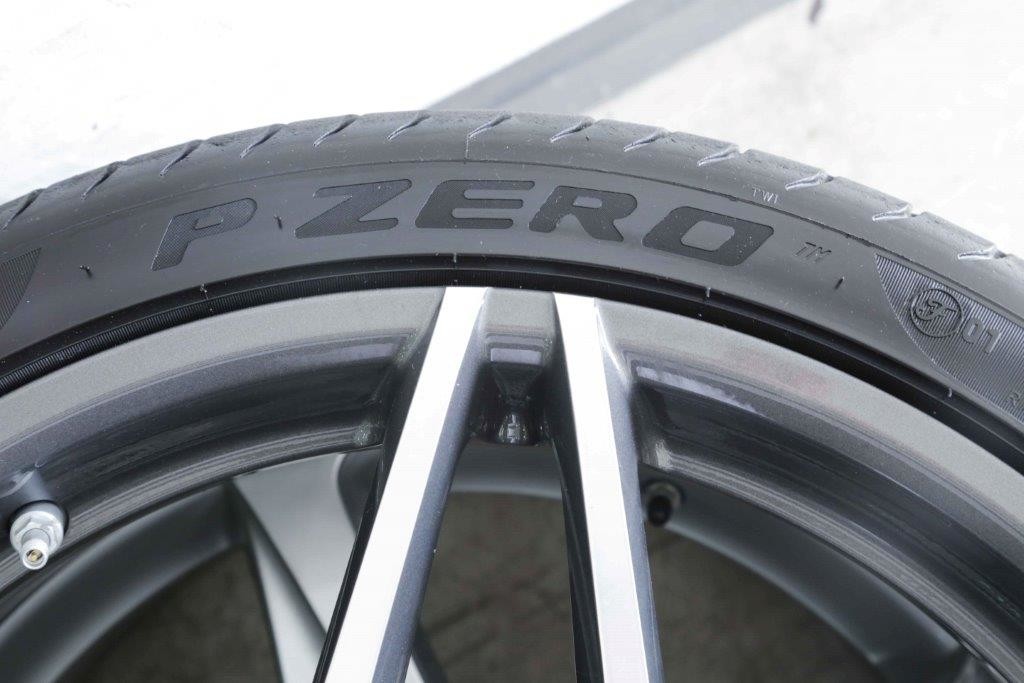 Ideally, not at the side of the road when something has gone wrong! Tyres are very easy to take for granted: we assume that they’ll always be supporting us, often without realising that they only have a limited lifespan.
Ideally, not at the side of the road when something has gone wrong! Tyres are very easy to take for granted: we assume that they’ll always be supporting us, often without realising that they only have a limited lifespan.
Looking after your tyres is a good way to ensure you minimise your chance of a breakdown, and it also saves you money! Remember that you’re only likely to get around 20,000 miles out of front tyres on a front-wheel-drive car, so changing your tyres is something that is necessary more often than you’d expect. In this blog we list signs as to when you should change your tyres, as well as handy tips to make them last longer.
When to change your tyres
 When they’re old
When they’re old
If your car’s tyres are around 4-5 years old, then you need to start inspecting them at least once per year. In particular, check the tyres’ sidewalls for signs of cracking. If there is cracking, change them immediately. Tyres will degrade due to heat, sunlight, rain and other weather factors, as well as how and where you drive, so if you feel your tyres are too old it’s always safest to get them changed. Importantly, this also applies to if you feel they look old – it’s best to act on instinct and be safe rather than sorry.
When they’re breaking the legal limit for tread depth
There is a legal limit of 1.6mm for tyre tread depth – meaning that any tyres with a tread of less than 1.6mm are breaking the law. Check your tyres and replace them if they’re getting close to this limit – not only will it keep you legal but it will also keep you safe, particularly on wet roads.
 When it’s damaged
When it’s damaged
If you hit a pothole, or bump the kerb, or run over something sharp, then it’s time to get your tyre checked. This is best done by a professional, who can tell you authoritatively whether or not you need to get the tyre replaced. Don’t ever drive on damaged tyres because the damage may be far worse than meets the eye – it’s important to get a thorough internal and external examination before you hit the road again.
If there are patches of wear
If you have small patches of abnormal wear, regardless of where they are on the tyre, they might indicate a mechanical problem, or an error in tyre pressure. If you spot these patches see a tyre specialist immediately, to ensure you stay safe on the road.
If they’re the wrong tyres
If tyres aren’t suited to your vehicle, then they’re likely to wear out while also reducing the handling ability of your car. You might also have soft compound tyres, which wear out more quickly, when you’d be better off investing in hard compound tyres.
 So what can you do to decrease wear to your tyres?
So what can you do to decrease wear to your tyres?
These aren’t foolproof, but by changing your habits you could save money by making your tyres last that little bit longer.
Drive calmer
Aggressive cornering and braking increases wear – chill out and give your tyres a break!
Drive slower
It might not be what you want to hear, but driving slowly helps your tyres, as slow speeds = lower temperatures and less wear.
Take less stuff
Do you need everything in your car? Excess load increases wear, so remove superfluous items (no, not your mother in law) where possible.
Ensure your tyres are aligned
Faulty wheel alignment causes wear, so get this checked regularly if you can.
Keep up the pressure
Ensure your tyres are kept at the correct pressure, as deviation either way will increase wear.
Check your tyres!
If you check your tyres on a regular basis, particularly before a long trip, you’ll be able to troubleshoot issues before they snowball and you end up stranded by the side of that road.

 Follow
Follow